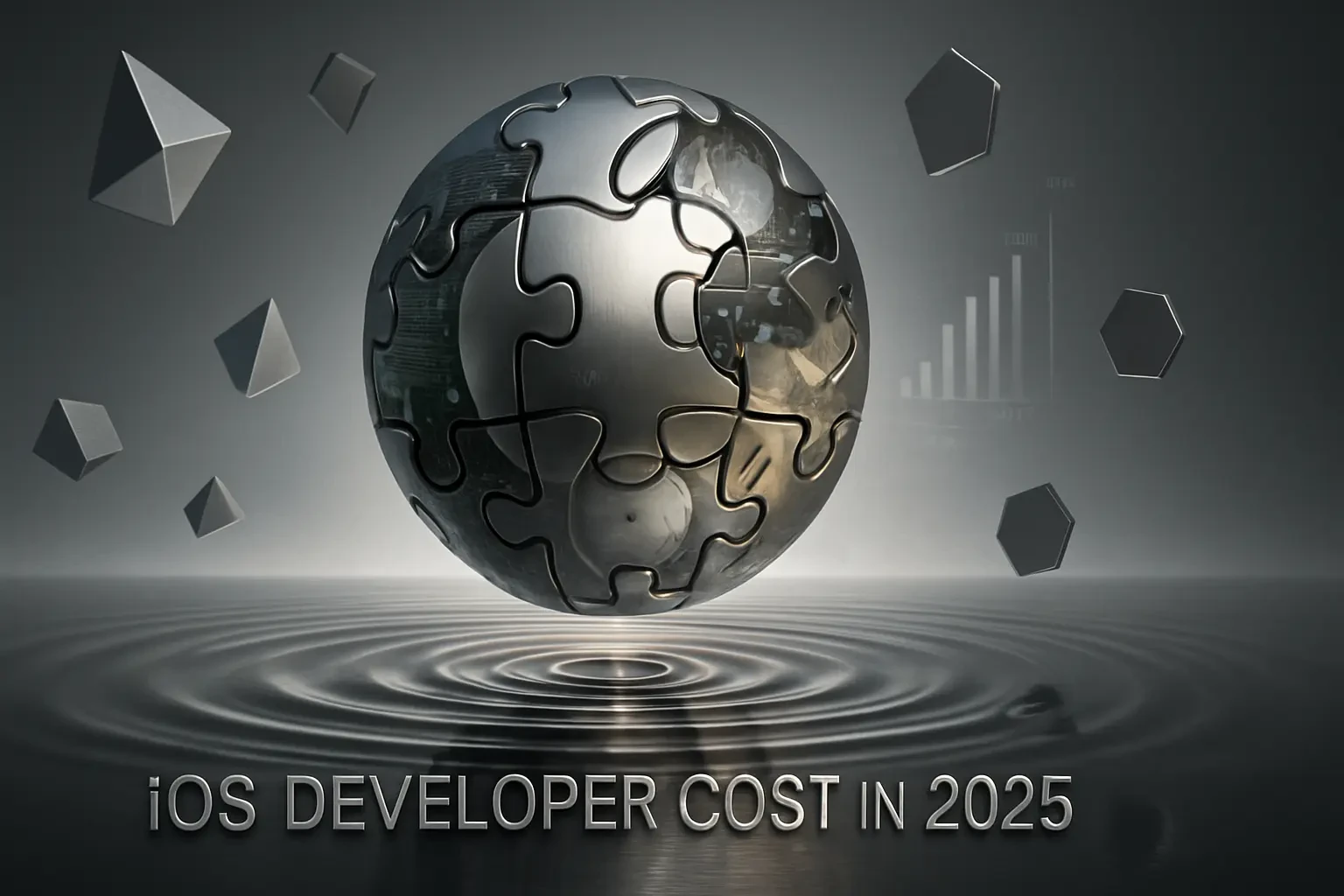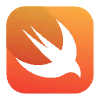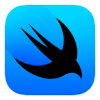iOS Developer Cost in 2025: A Complete Guide to Budgeting Your App

iOS Developer Cost in 2025: A Complete Guide to Budgeting Your App
Key Factors That Influence iOS Developer Costs
Experience Level (Junior, Mid, Senior)
Geographical Location
Project Complexity and Features
Average iOS Developer Hourly Rates in 2025
Rates in North America (USA & Canada)
Rates in Europe (Western vs. Eastern)
Rates in Other Regions (Asia, Latin America)
Beyond the Hourly Rate: Estimating Total Project Cost
Simple, Moderate, and Complex App Cost Ranges
The Cost of UI/UX Design
Hidden Costs: Maintenance, Updates, and More
How to Get an Accurate Quote for Your App
The Importance of a Detailed Project Brief
Defining the MVP for an Initial Estimate
Making Smart Decisions for Your iOS App Budget
References
iOS Developer Cost in 2025: A Complete Guide to Budgeting Your App
Key Factors That Influence iOS Developer Costs
Experience Level (Junior, Mid, Senior)
Geographical Location
Project Complexity and Features
Average iOS Developer Hourly Rates in 2025
Rates in North America (USA & Canada)
Rates in Europe (Western vs. Eastern)
Rates in Other Regions (Asia, Latin America)
Beyond the Hourly Rate: Estimating Total Project Cost
Simple, Moderate, and Complex App Cost Ranges
The Cost of UI/UX Design
Hidden Costs: Maintenance, Updates, and More
How to Get an Accurate Quote for Your App
The Importance of a Detailed Project Brief
Defining the MVP for an Initial Estimate
Making Smart Decisions for Your iOS App Budget
References
Posted Jul 6, 2025
How much does it cost to hire an iOS developer? Explore average hourly rates, project costs, and hidden factors to create an accurate budget for your app.










